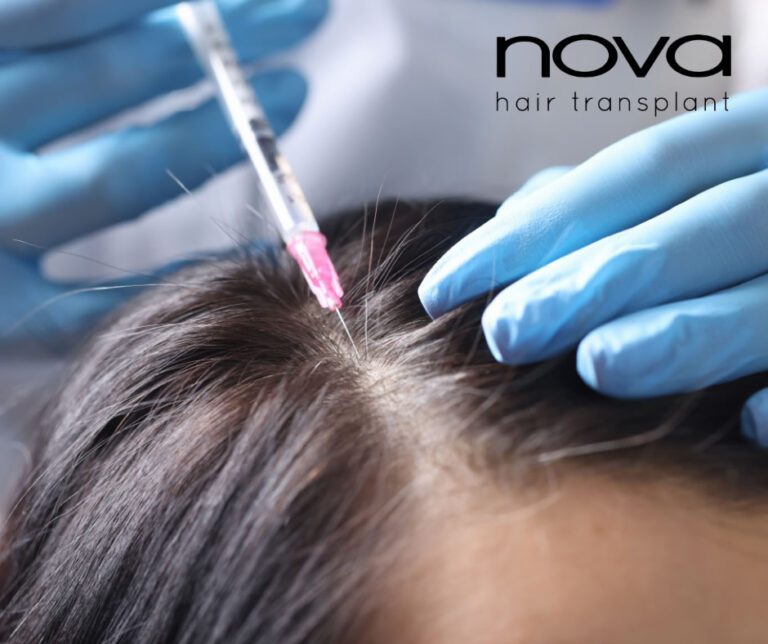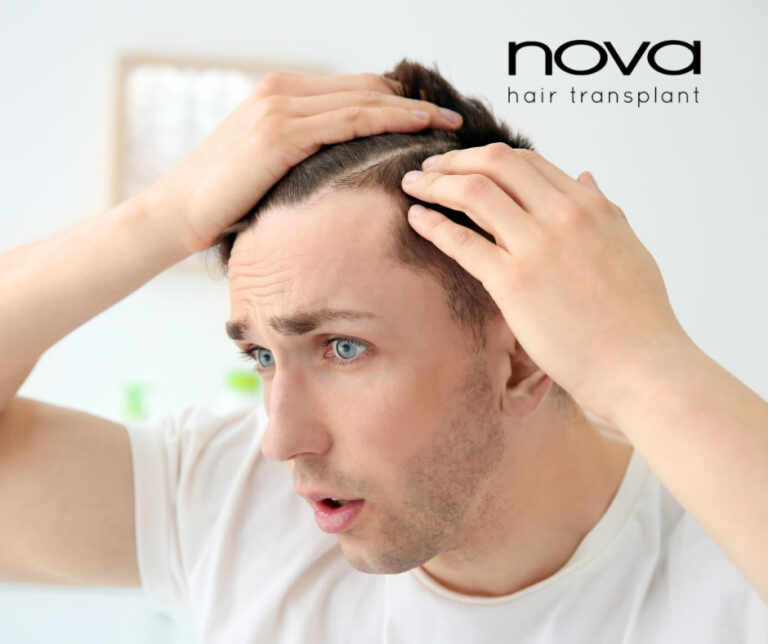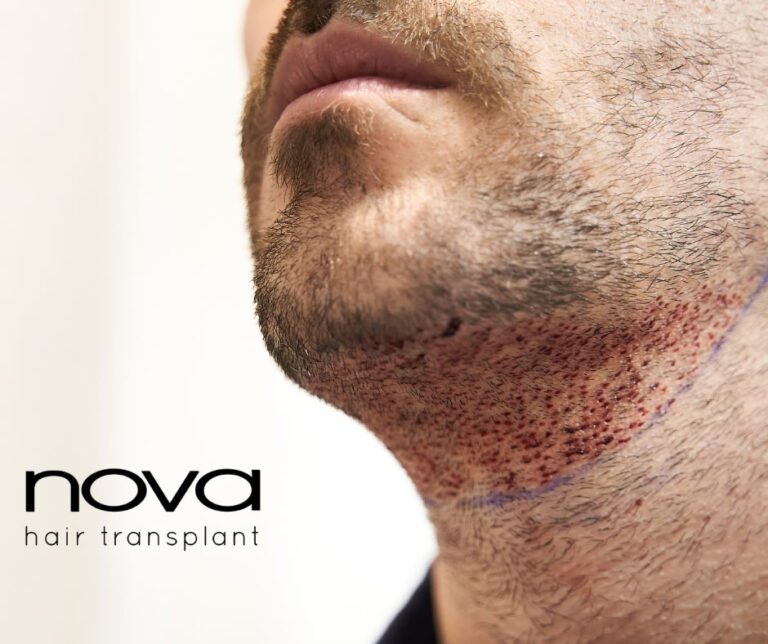Similar Posts

What are exosomes and how do they help hair?
What are exosomes and how do they help hair? In the world of aesthetic and regenerative medicine, exosomes have gained popularity as an advanced solution for hair care and regeneration. These tiny particles, derived from stem cells, contain a powerful load of proteins, growth factors and messenger RNA that promote cell communication and tissue regeneration.If…

Stem cell hair restoration
Hair loss Stem cell hair restoration is an innovative hair transplant procedure that can encourage the growth of your own, natural hair using your body’s stem cells. These mesenchymal stem cells can be harvested in order to take advantage of their regenerative properties. When introduced into areas of thinning hair, your stem cells can help…
How Big of a Role Does Inflammation Play in Hair Loss?
If you’ve done any research on the subject of male pattern balding (MPB), then you’ve likely heard that inflammation is a big cause of hair loss in men. Indeed, inflammation has a role to play in many undesirable conditions including acne, asthma and arthritis to name just a few. Whilst it’s indisputable that dihydrotestosterone (DHT)…

Hair transplantation
Hair transplantation Did you know that hair transplantation not only offers a noticeable image improvement, but also has a hugely positive impact on mental health and emotional well-being? That is why it is important to look for safe alternatives that offer lasting changes.

What is early onset alopecia?
Early onset alopecia: Why does it happen and what can you do now? Early onset alopecia is significant hair loss that begins before the age of 30. It can manifest itself gradually—as a receding hairline or a thinning crown—or as a more diffuse and widespread hair loss. Common Causes of Early-Onset Alopecia1. Genetics: The most…
Using stem cells to grow new hair
In a new study from Sanford-Burnham Medical Research Institute (Sanford-Burnham), researchers have used human pluripotent stem cells to generate new hair. The study represents the first step toward the development of a cell-based treatment for people with hair loss. In the United States alone, more than 40 million men and 21 million women are affected…

